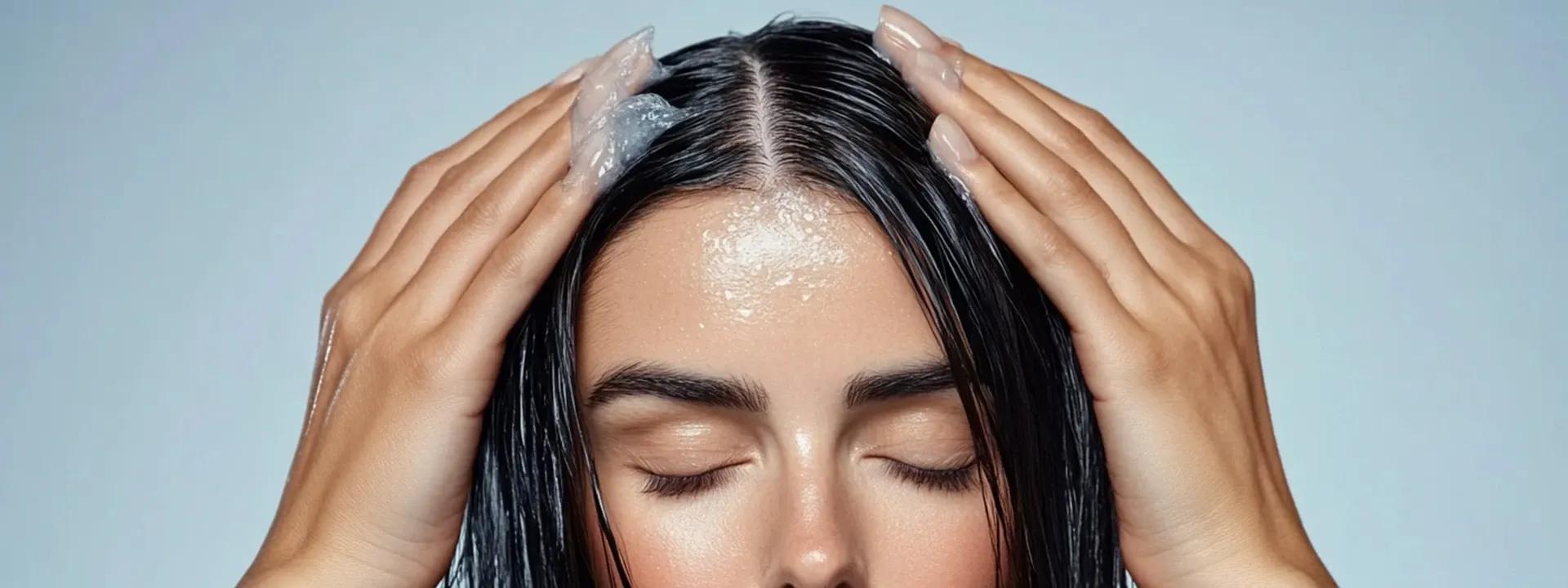Prescription options like finasteride target DHT production from the inside out. These require a doctor's consultation and aren't suitable for everyone, but they can be effective for alopecia treatment for males when used correctly.
Lifestyle Changes
Your overall health directly impacts your hair health. A balanced diet rich in protein, iron, and vitamins supports hair growth from within. Managing stress through exercise or meditation can also help, as chronic stress contributes to hair loss.
Frequently Asked Questions
How often should I use hair loss shampoo?
Most hair loss shampoos are designed for daily use, but start with every other day to see how your scalp reacts. Some stronger formulations might only need to be used 2-3 times per week. Always follow the specific instructions on your chosen product.
Can hair loss shampoos regrow hair?
Whilst hair loss shampoos can't regrow hair on completely bald areas, they can help strengthen existing hair and potentially slow down further loss. The key is managing expectations—these products work best for maintaining what you have rather than creating dramatic regrowth.
Are there any side effects of using hair loss shampoos?
Most people tolerate hair loss shampoos well, but some might experience scalp irritation, especially with stronger formulations containing ketoconazole. If you notice redness, itching, or increased hair shedding, reduce usage frequency or try a gentler formula.
How long does it take to see results from hair loss shampoos?
Patience is key here—most people start noticing changes after 8-12 weeks of consistent use. Some might see improvements in hair texture and volume sooner, but significant changes to hair loss patterns take several months of regular use.
Key Takeaways
Mastering your hair loss routine starts with understanding what's actually happening and choosing products with proven ingredients. The right hair loss shampoo for men, used consistently and correctly, can make a real difference to both the health of your existing hair and your confidence. Remember, it's about working with what you've got and giving your hair the best possible environment to thrive. Whether you're just starting to notice changes or you've been dealing with thinning hair for a while, the right routine can help you feel more in control of the situation. Stay consistent, be patient with the process, and don't hesitate to try different approaches until you find what works for your specific needs.

 180ml
180ml